CONTACT
Thanks for your interest in Science Creates. So we can get you to the correct team member, please tell us what you are looking for?
Welcome to the Science Creates Field Guide, our hands-on handbook for deep tech businesses. This week, our members share their insights into setting up a laboratory.
You step into the room and it’s an empty white box. Your very first laboratory, just waiting to be brought to life with the tinkle of Pyrex and the low hum of scientific instruments. It’s equal parts thrilling and daunting, especially if you’re used to working in university laboratories, with a myriad of equipment at your disposal and an academic powerhouse behind you.
There are lots of elements to consider when setting up your first lab, but if you tackle the challenge methodically, it can make the process smoother and better for your budget (and your stress levels.) We reached out to some founders at the Science Creates St Philips Incubator who, with the following advice, show that spinning out from a university doesn’t need to be tough.
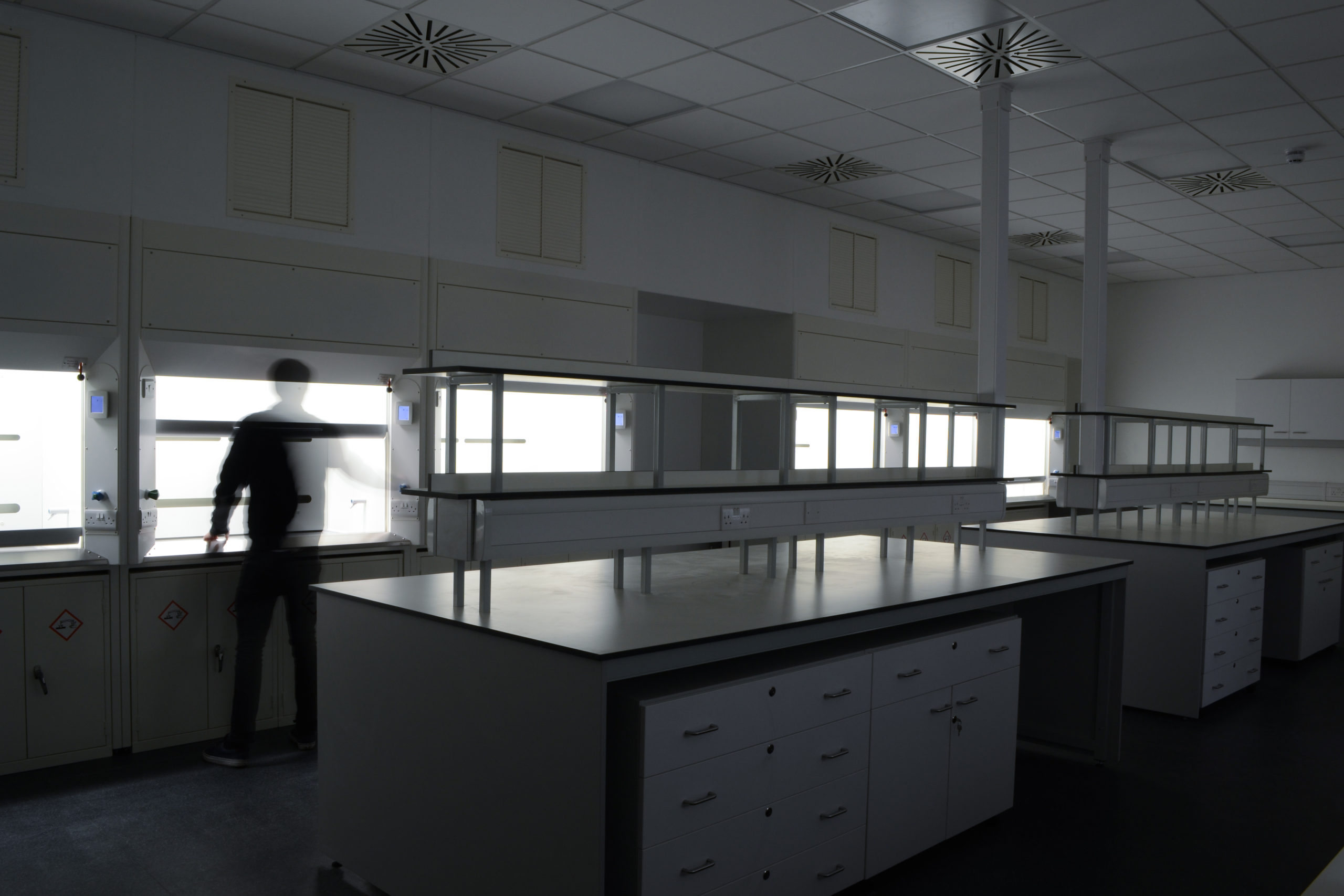
It seems obvious, but the first step to take is to nail down exactly what you want to achieve and the experiments or manufacturing you’ll be conducting in your lab. Your aims and objectives are not just at the heart of your business but also your physical spaces.
When asked what his first advice would be to a start-up creating a lab, Jordan Fletcher, Principal Scientist at Rosa Biotech, confirmed, “figure out what it is that you’re specifically going to do, focus on which bits of equipment are truly key to you and try to be as lean as you can.”
Ashley Brewer, Centre Director at Science Creates Incubators, is no stranger to setting up labs. He’s so brilliant at it that assisting founders in creating laboratories is one of the core elements of his role here. For Ashley, it’s all in the planning. “Plan your workflow, plan the movements of your team, plan where your day-to-day consumables need to go.” Being firmly grounded in your purpose and knowing those specifics will help you make these plans before spending any precious budget.
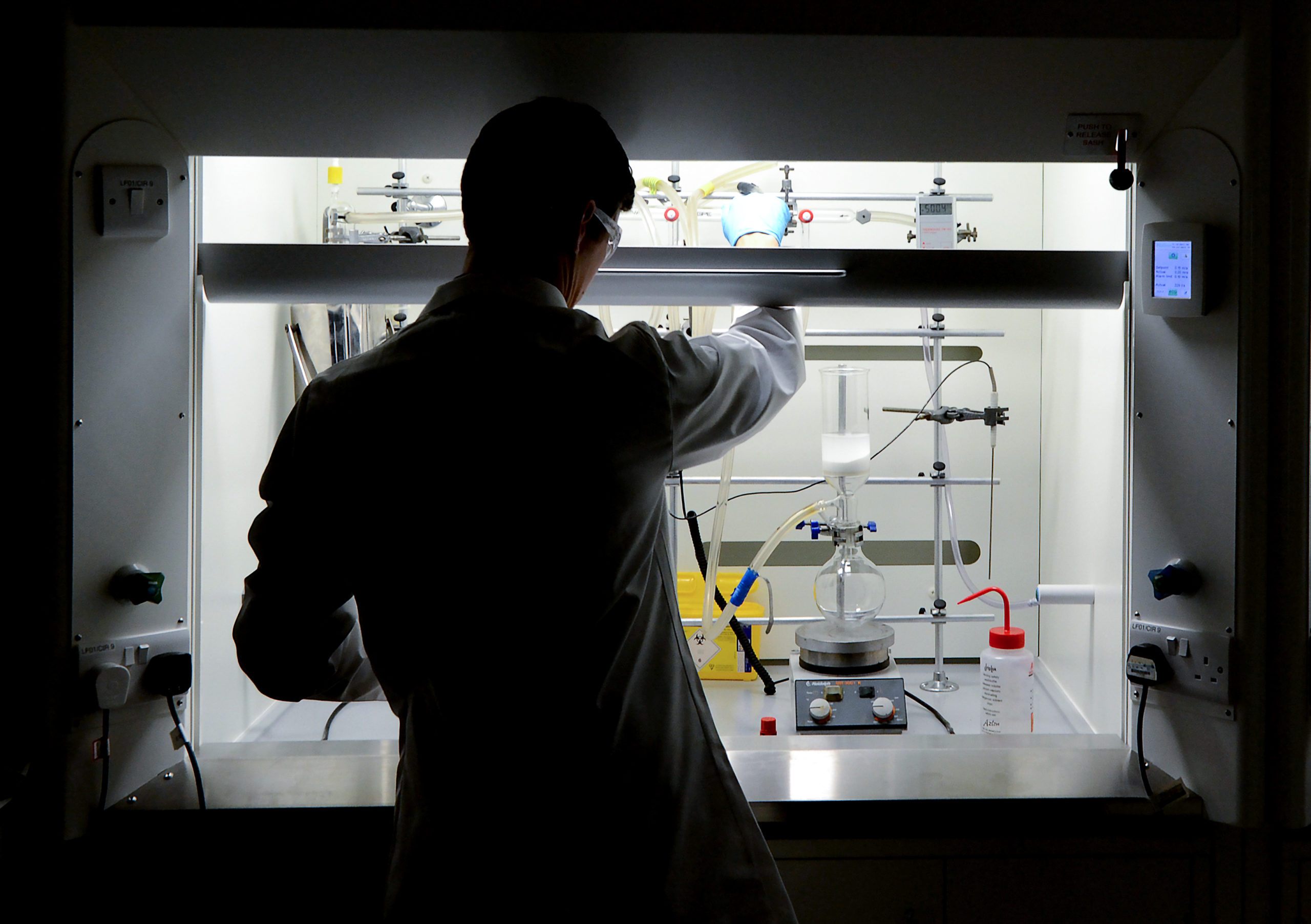
Knowing your specific purpose will inform which equipment you need. If you’re still uncertain, don’t be afraid to reach out to colleagues, collaborators and your network to find out what similar companies use.
Sourcing second-hand equipment is an excellent way to save on spending. Sites like Richmond Scientific and Equipnet can help you find new and used apparatus. Jordan at Rosa Biotech is an advocate for buying second-hand kit but also recommends, “any high-end, high precision equipment, buy it new. Things like centrifuges and the [fume]hood, we bought second hand, which really saved us a lot of money… but the plate reader here [an essential part of Rosa Biotech’s research], we bought completely new…. ”
James Vicary, Co-founder and Managing Director at NuNano, suggests leasing expensive equipment. He noted that if you have a pricey but essential piece of kit, you can build a good relationship with a supplier and try to negotiate a lease. “Initially, I was looking for a second-hand SEM, but it was going nowhere. I met the managing director of an instrument manufacturer, who kindly offered some assistance. They found an ex-demo tool and leased it to us.”
One of the benefits of choosing an incubator facility is its ability to bridge the equipment gaps between your new lab and the university you may have come from. One of Ashley’s creations is a biological and bacterial growth suite that four different companies use. “It arose from us talking to our members and finding out what their needs were,” notes Ashley. “All the equipment is mission-critical and genuinely shared, so we invested in the kit. We then lease it back to them to share the cost.”
There are several questions you’ll need to ask regarding your instruments and their suitability for your new lab space. Things like; will it create lots of vibration? Will the lab be secure for any biohazards? Does the equipment need a hazardous gas supply? An incubator facility can help you answer these.
One of the burdens of going it alone to set up your lab space is making sure it’s well-stocked with consumables. You’ll have to start from scratch wherever you set up, and incubator facilities are unlikely to supply kit like glassware or racks. Facilities that provide absolutely everything for you do exist, but are on the rarer side and tend to be within universities or funded accelerator programmes. They’re great if you’re a tiny operation at the pre-incubation stage, but probably less suitable if you’re spinning out from a university.
Additionally, don’t forget about your non-science consumables! Jordan noted that “the first couple of months [of Rosa Biotech] was a lot of me, sitting upstairs at my computer, just purchasing stuff. There are the big-ticket items, but you also need pens, a whiteboard, tubes, racks … everything!” So don’t forget to allocate time and budget for these items.
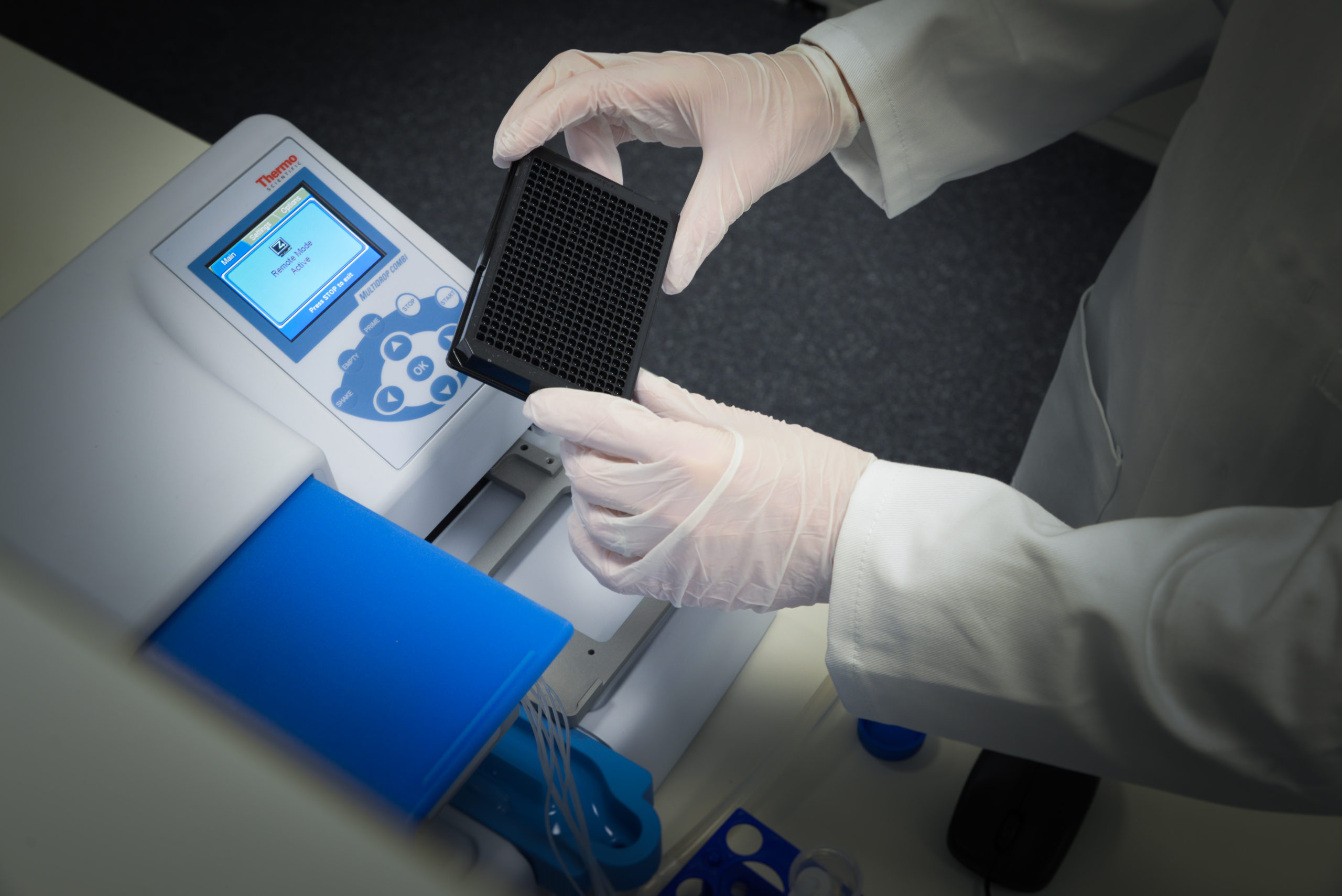
Consider your workflow: the sequence of steps you take in each process and the series of processes that make up your development, manufacture, product testing etc. Combine this with the equipment you need and use this as a solid foundation to plan your lab layout.
The team at NuNano designed the footprint of their lab around their core process: checking the AFM probes they manufacture, before they’re shipped. James described the resulting lab as having “a flow to it,” with the SEM and benches for packaging the probes situated next to each other. This means that when NuNano’s delicate technologies are removed from the microscope, they go straight into their protective packaging. The probes don’t have to be ferried back and forth across the lab, keeping things streamlined.
When considering your layout, you want to focus on the immediate needs of your start-up and its space, but looking ahead is also vital. Can you future-proof your lab? James stressed that there is a need to “foresee what happens next. It’s all well and good establishing your lab as you dream it to be initially, but things always change and do, sometimes faster than you expect.”
This gives rise to a host of new questions. Will your lab be fixed forever? Or do you need to build adaptability into it? Perhaps you’ve got a second phase of experiments that you’ll need to conduct a year down the line. Will you need to fit a new piece of kit in the lab? Can it be swapped with something? This will influence whether you go for flexible, moveable, modular furniture (which is more expensive per metre), or cheaper permanent fittings (which might be able to be sawn up and re-purposed).
Storage is one of the simplest things to plan into your laboratory, and can have a profound impact. Without enough, you’ll find precious bench space taken up by boxes, racks, bottles etc, losing vital areas for work, reducing your team’s efficiency and making your lab less safe. If you plan on storing an array of chemicals there is lots to consider – this guide from the University of Nottingham has some excellent pointers, such as what to look for in an acid cabinet and where you should store flammable solvents.
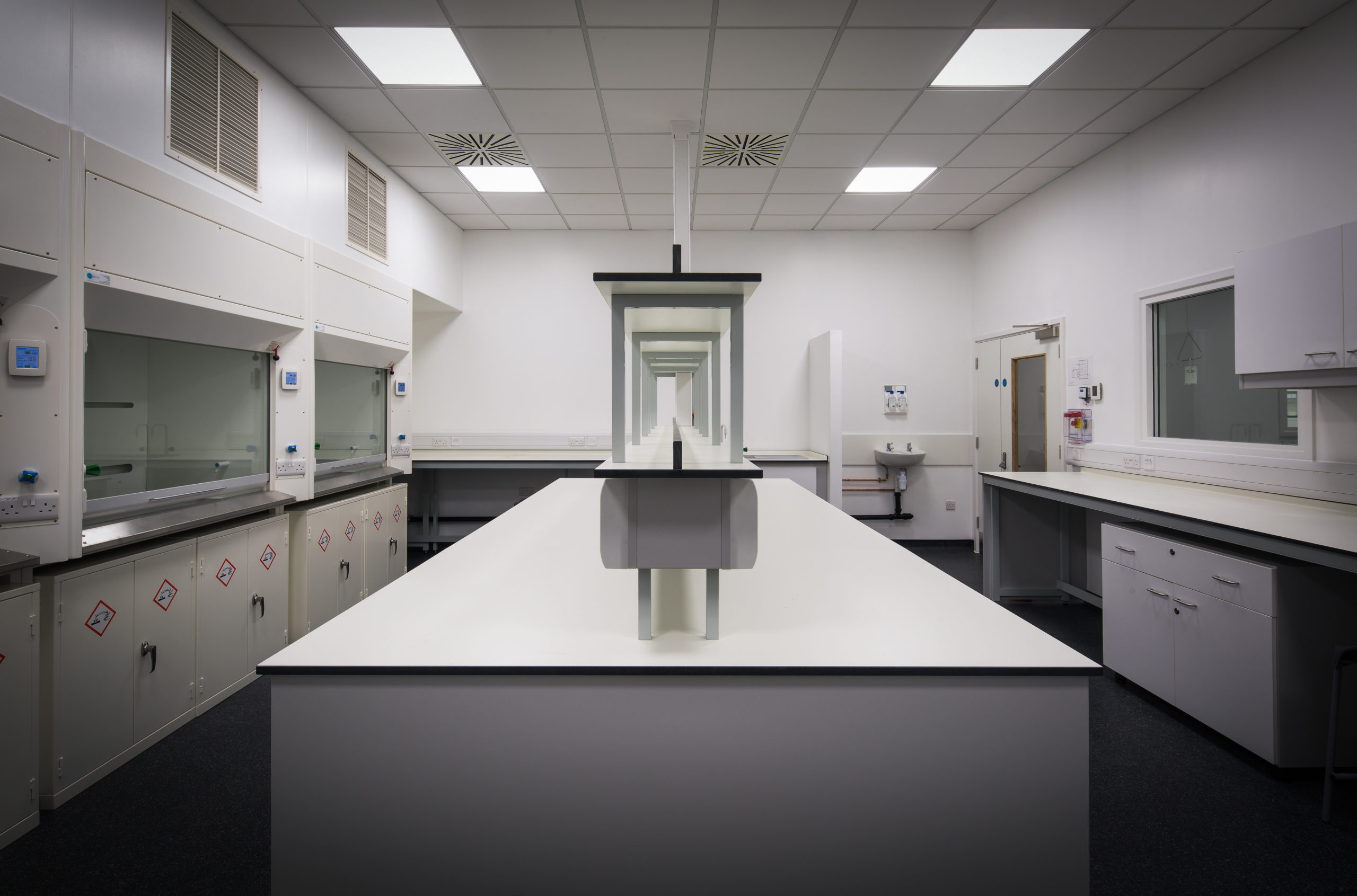
“When we started, not only was our lab a clean slate but so was our associated pile of documentation.” says Jordan. Amongst the most important of those documents are your Health and Safety regulations. The all-encompassing piece of legislation in UK workspaces is the Health and Safety at Work Act of 1974. In addition, you’ll definitely have more specific acts or regulations to follow depending on your lab’s field.
The chances are that you’ve come from a particular research background, and you have a good idea of what legislation you need to follow. If you don’t, the HSE is your guiding light on all things safety. It provides all the essential guides to working with anything from genetically modified organisms to ionising radiation.
Assign yourself time and headspace to get up to speed with the regulations and ensure everything is ship-shape, because spinning out from a university means that you are now responsible for the legal compliance of your lab. This is the case if you’re joining an Incubator facility too, though there is likely to be some support on offer depending on where you go.
When it comes to waste disposal, The Waste (England and Wales) Regulations 2011 declare that someone (be it an individual or company) is responsible for any waste that they produce, all the way from creation to its legal disposal, even if you hand your lab’s waste hand to an external company. The UK government website provides an excellent overview of your duties here. There’s always a paper trail, so it’s essential to keep all waste-based documentation safe. Forms such as waste transfer notes or duty of care notes need to be kept for a minimum of two years. This is still the case in an incubator, but they can often facilitate the process. If you decide to establish your lab in an incubator facility, make sure they’re registered as a higher-tier waste broker and dealer if you want them to handle your refuse.
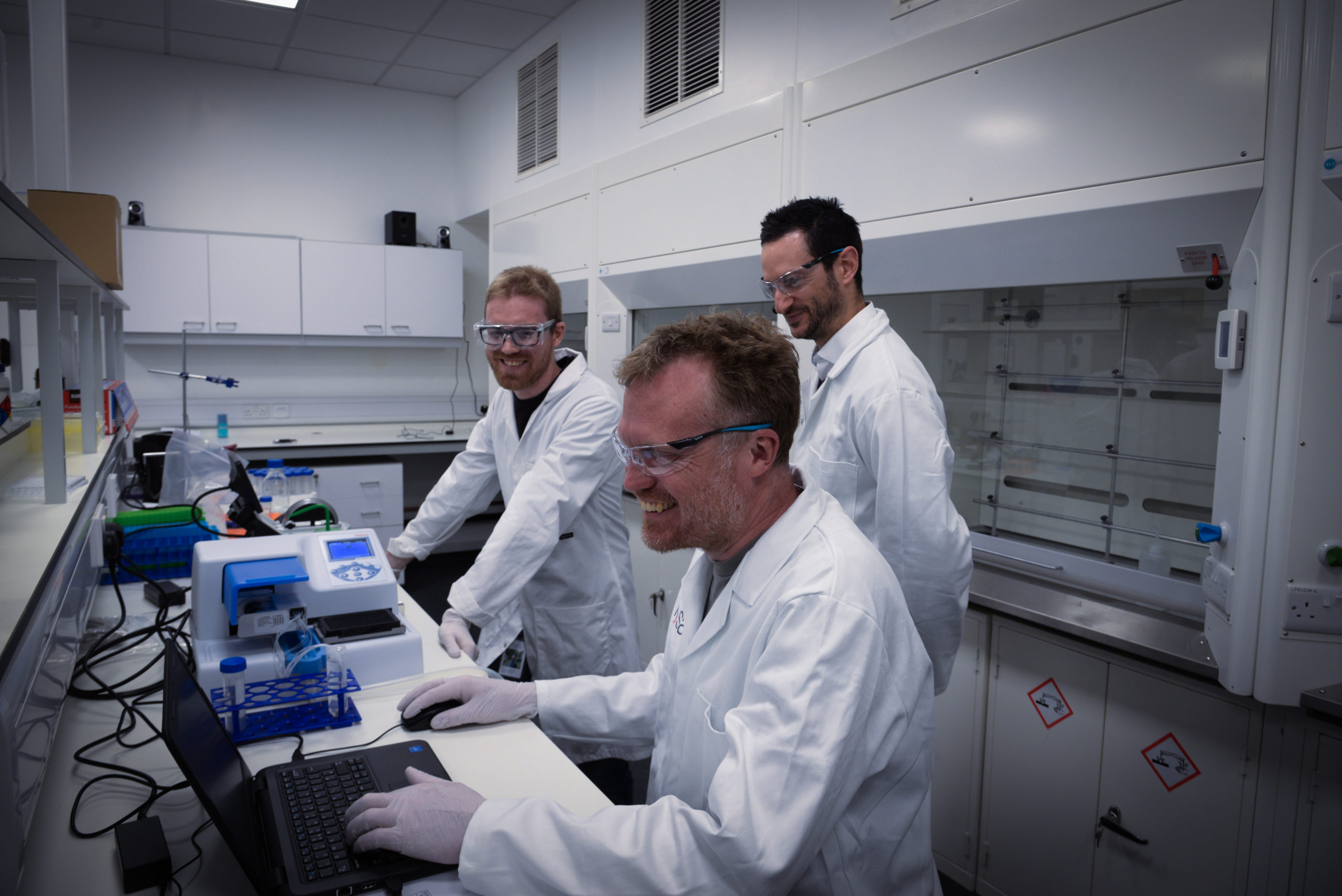
Establishing a lab for the first time is an exhilarating opportunity. It’s your chance to to build and shape your space exactly as you want it to be. A well planned, equipped and stocked space will be the catalyst that takes your innovation to the next level, and who knows, your deep tech lab could change the world one day.
Once you’ve built your groundbreaking lab, you’ll need to fill it with top-notch talent. Watch this space for the next edition of the Science Creates Field Guide as we’ll be exploring how to hire the best deep tech team.
Are you a founder that’s built a cutting edge laboratory? Have you overcome hurdles or uncovered an excellent design feature? What advice would you share with someone setting up their first lab? Tweet us @ScienceCreates!
Other great reading:
https://www.clarknexsen.com/blog-top-10-tips-successful-lab-design/
https://www.mynewlab.com/blog/how-to-design-an-optimal-laboratory-layout/
https://www.chemwatch.net/blog/top-five-tips-for-designing-an-effective-laboratory/
We may use cookies, web beacons, tracking pixels, and other tracking technologies when you visit our website, please read out privacy policy for more information.

Science Creates St Philips, Albert Road, Bristol, BS2 0XJ
Science Creates Old Market, Midland Road, Bristol, BS2 0NS
Science Creates Ventures LLP “trading as SCVC” (FRN: 933134) is an Appointed Representative of Kin Capital Partners LLP “KCP”, which is authorised and regulated by the Financial Conduct Authority (FRN: 656789).